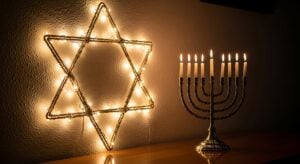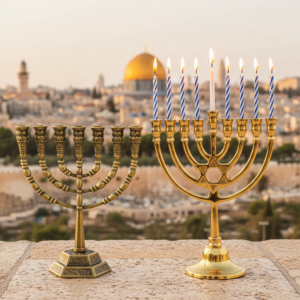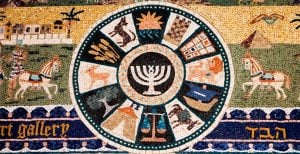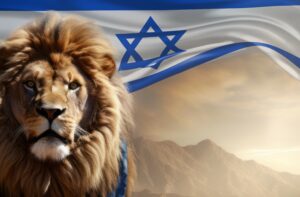Name: Shemot
Reading: Exodus 1:1 – 6:1
Haftarah: Isaiah 27:6 – 28:13; 29:22 – 29:23
Parsha Summary – Shemot
Pharaoh Enslaves the Israelites
Joseph, his brothers, and their whole generation dies. The Jews in Egypt are fruitful and multiply. A new king rose over Egypt who didn’t know of Joseph. The king sees that there are too many Jews and decides to enslave them. When the Jews continued to multiply, the Egyptians increase their workload and made their lives bitter.
Pharaoh Orders the Midwives to Kill Jewish Babies
The king of Egypt speaks to Shifrah and Puah, the Jewish midwives, and commands them to kill all male babies born to Jewish women. The midwives fear God so let the children live.
Moses is Born
A man from the house of Levi has a child with a woman from the house of Levi. She hides him for three months, then builds an ark from bulrushes and sets him by the riverbed. His sister watches as Pharaoh’s daughter discovers the baby, then at the princess’s command, fetches her mother to serve as the baby’s nursemaid. The princess names him Moses.
Moses Kills an Egyptian
Moses grows up. He sees an Egyptian taskmaster cruelly beating an Israelite; he smites the man down and hides him in the sand. Word gets back to Pharaoh who wants to kill Moses, who runs away to hide in the desert. He finds a Midianite shepherd and helps with the flock, and marries one of his daughters.
The Burning Bush
God remembers the Israelites in Egypt and decides that it is time to save them. Moses is tending the sheep when he sees a bush that is on fire yet not being consumed. God speaks to Moses from the bush: He tells him that He is the God of Moses’s fathers, and that He will deliver the Israelites from slavery to a land flowing with milk and honey.
He makes Moses His messenger, and gives him three signs to take to Pharaoh: his staff turns to a snake a back again, his hand turns leprous and is healed, and river water will turn to blood before Pharaoh’s eyes. Moses and his family go to Egypt, where he meets with his brother Aaron and prepares for the task ahead.
Moses and Aaron Go to Pharaoh
Moses and Aaron approach Pharaoh. They say that God has sent them to free His people. Pharaoh says he does not know their God, and increases the Israelites’ workload: they must now gather straw and create their own bricks for building with. The people are furious with Moses for making their already difficult lives even worse. God reassures Moses that all will be well.
Torah Takeaway
This week’s Torah portion, Shemot, features the infamous story of the burning bush, which teaches us two very important lessons.
First: when God first appears to Moses at the burning bush, He asks Moses where he is. The prophet replies with “hineini” – I am here.
Second: when God outlines the details of this mammoth exodus-inducing task to Moses, his first response is to ask, “Who am I” – that God would choose him or that Pharaoh would listen?
The first teaches us that when duty calls, it’s our responsibility to step up. Moses doesn’t dither or dally; he answers, clear and loud, “I am here”! This shows us that there is never anyone who should take our place or be tasked on our behalf.
The second is an extreme lesson in humility. It never crosses Moses’s mind that he is worthy of the monumental task of leading a suffering people away from their plight and into freedom; he simply assumes that he is too small and unworthy to take on such a mission. When God explains why it must be Moses and gives him signs and instructions in preparation, he acknowledges his role and prepares to play it.
This incredible humbleness and ability to step up to the plate is inspirational!












